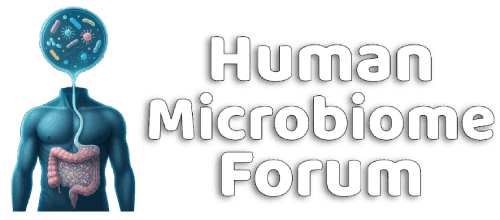Michael Harrop
Well-known member
https://www.mdpi.com/2077-0383/13/14/4029
Abstract
Background: Presently, there is increasing public consciousness regarding the contamination and detection of microplastics (MPs) within the human body, and studies on the detection and characterization of MPs in human breast milk are limited.
Objectives: This study aims to investigate the prevalence and characteristics of MPs found in human breast milk and examine the relationship between maternal hygiene practices, complications that may arise during breastfeeding, and the composition of the bacterial microbiota.
Methods: Postpartum breast milk was analyzed for MPs using Raman micro-spectroscopy. The relationship between MP detection, maternal hygiene, breastfeeding complications, and bacterial microbiota was examined. In order to identify correlations and differences between groups that had detected and non-detected MPs, statistical analyses were performed, which involved demographic comparisons and correlation network analysis.
Results: The mean age of the 59 postpartum women was 28.13 years. We found MPs in 38.98% of breast milk samples (23 of 59), exhibiting diverse morphological and chemical characteristics. Most MP polymers were polypropylene, polyethylene, polystyrene, and polyvinyl chloride. Maternal hygiene and breastfeeding complications differed between the MPs-detected and non-detected groups. Maternal behaviors may influence the presence of microplastics in breast milk, which were associated with these differences. Bacterial microbiota analysis revealed significant taxonomic differences between the MPs-detected and non-detected groups. Staphylococcus and Streptococcus dominated the MPs-detected group, while Enterobacter, Escherichia, Pseudomonas, and Acinetobacter dominated the non-detected group. The MPs-detected group had a more even bacterial distribution, especially Bacteroides.
Conclusions: This study found MPs in 38.98% of breast milk samples using Raman micro-spectrometry, with PP, PE, and PVC being the most common. Significant differences in maternal hygiene and breastfeeding complications were found between the groups with and without MPs. Breast milk microbiota may be linked to MP detection. Further study should be conducted to identify the possible maternal-child health.
- Format correct?
- Yes
